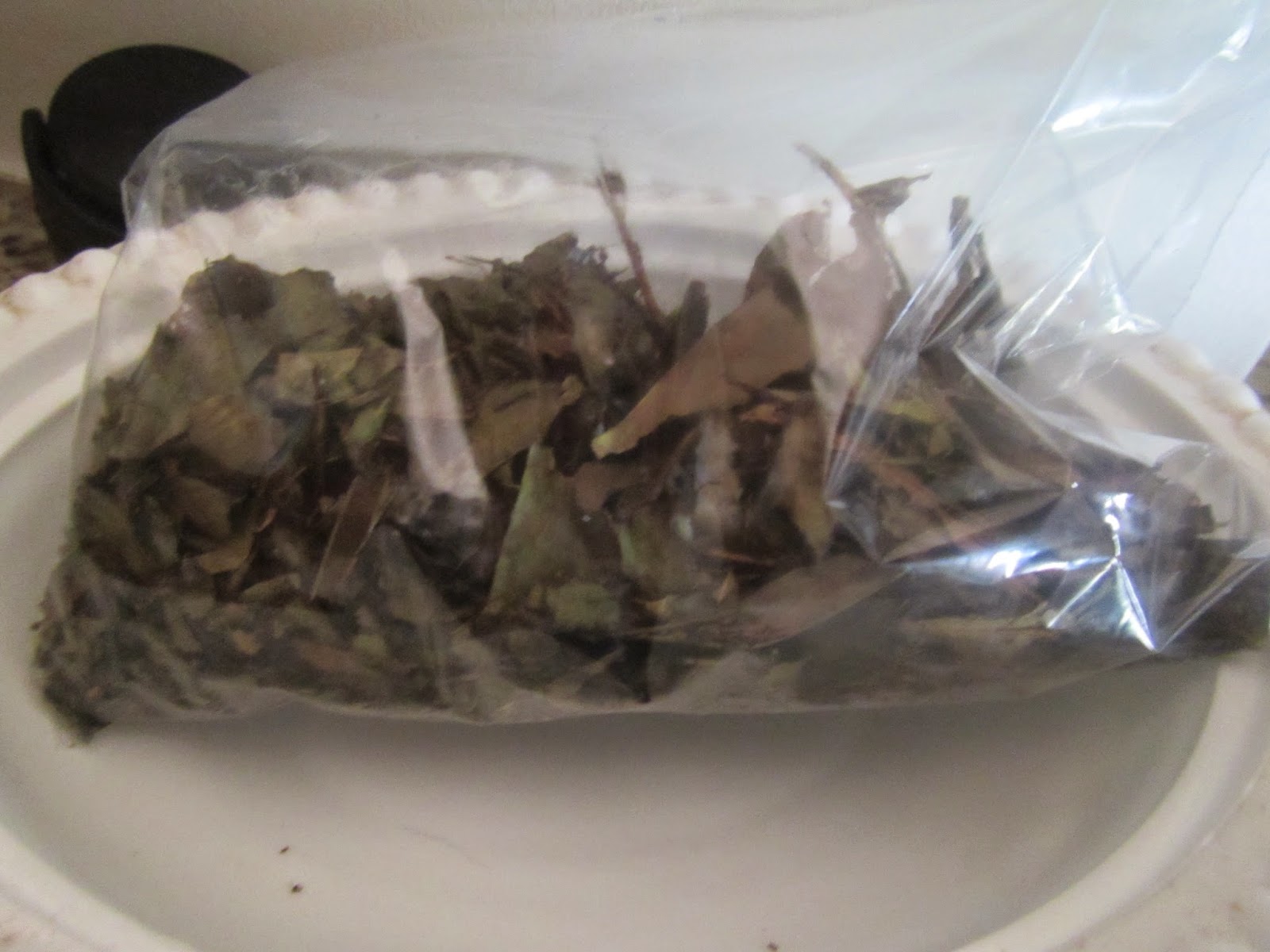.JPG)

RANGPUR LIME PIE
Ingredients
1 1/2 cups graham cracker crumb
1/2 cup granulated sugar
4 Tablespoons (1/2 stick) butter melted
2 14-ounce cans sweetened condensed milk
1 cup fresh Rangpur lime juice
2 whole large eggs or 3 medium eggs
1 cup sour cream
2 tablespoons powdered sugar
3 tablespoons lime zest
1/4 teaspon finely ground vanilla bean
Directions (makes one large pie)
Preheat the oven to 375 degrees F.
In a bowl, mix the graham cracker crumbs, sugar, and butter with your hands.
Press the mixture firmly into an 8-inch pie pan, and bake until brown, about 20 minutes.
Remove from the oven and allow to cool to room temperature before filling.
Lower the oven temperature to 325 degrees F.
In a separate bowl, combine the condensed milk, lime juice, 2/3 of the zest, and eggs.
Whisk until well blended and place the filling in the cooled pie shell.
Bake in the oven for 15 minutes and allow to chill in the refrigerator for at least 2 hours.
Once chilled, combine the sour cream, ground vanilla bean, and powdered sugar and spread over the top of the pie using a spatula. Sprinkle the remaining lime zest as a garnish on top of the sour cream and serve chilled.





